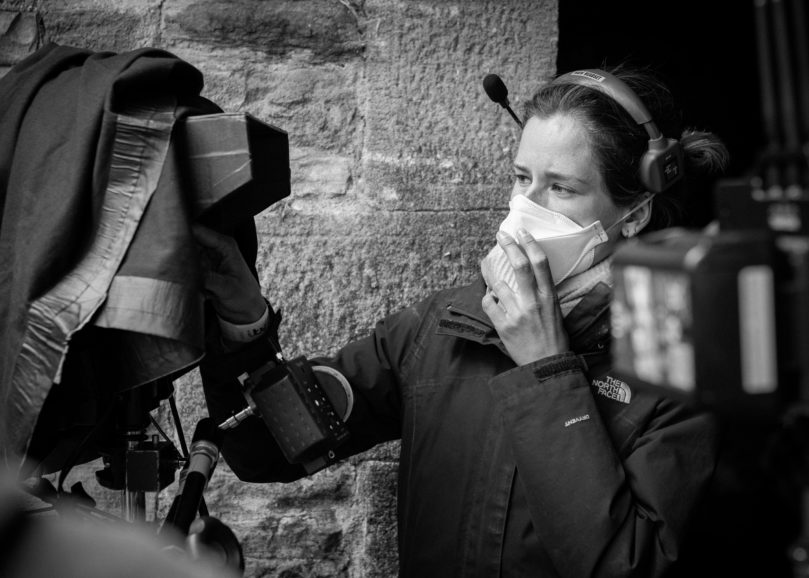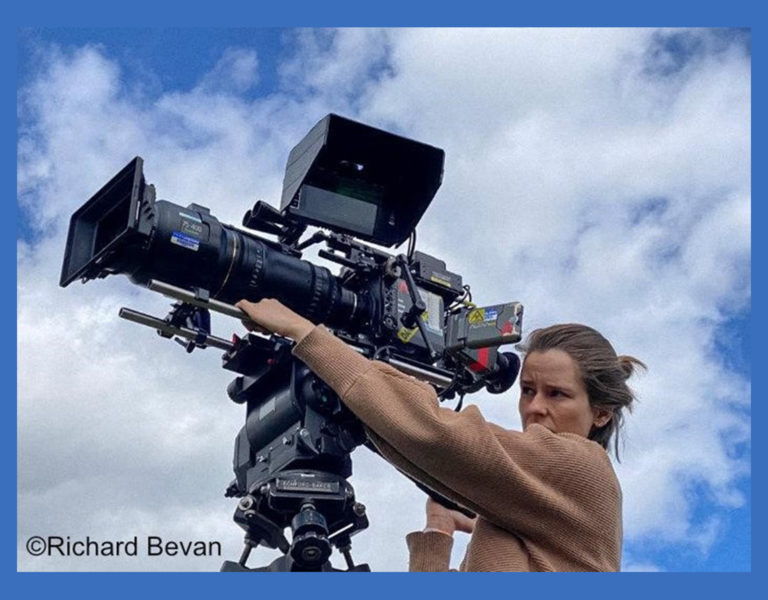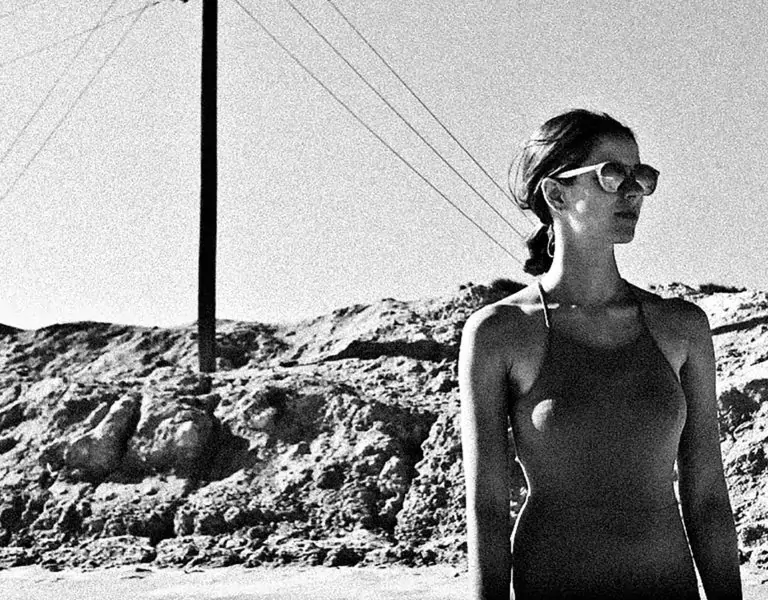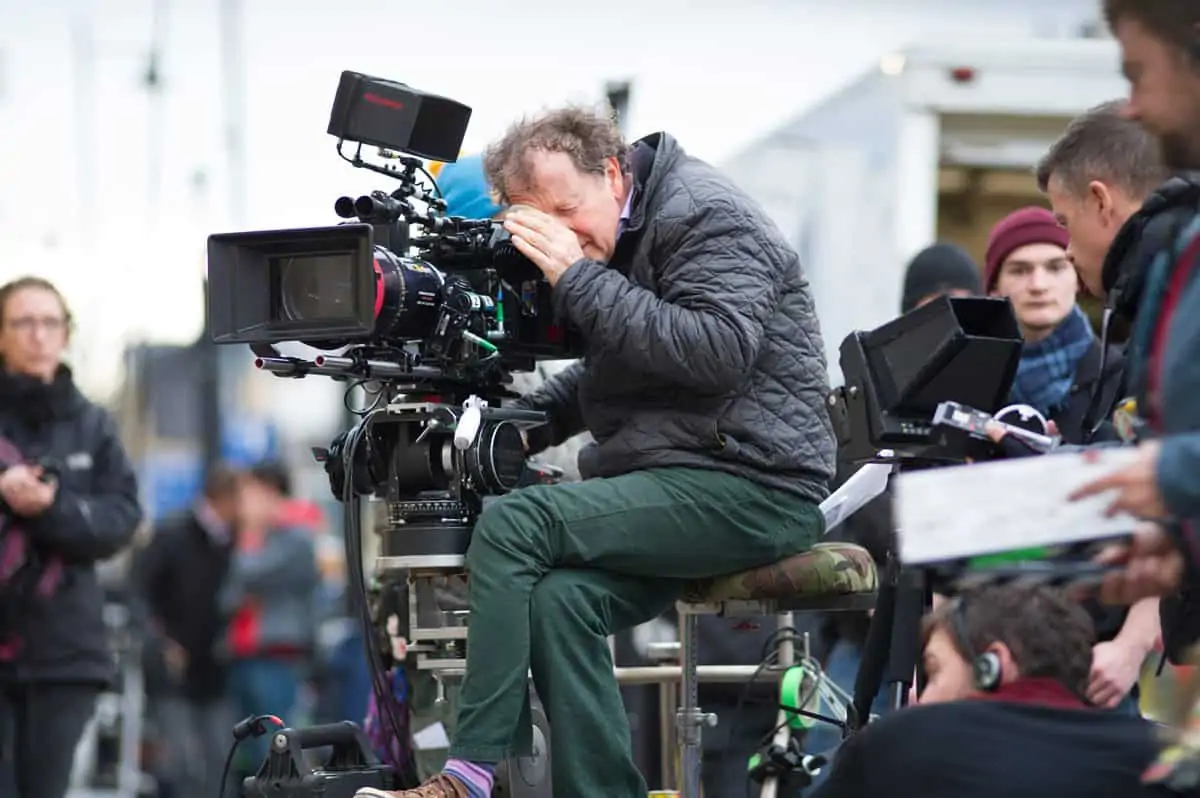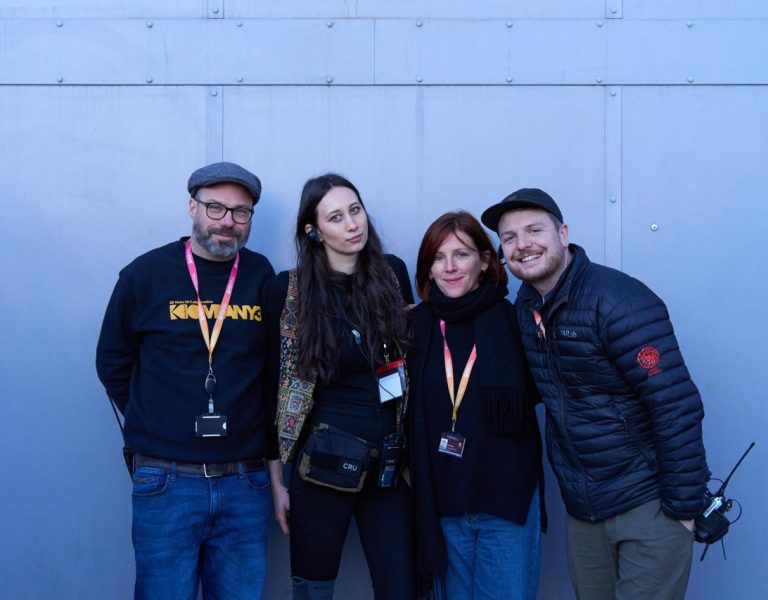A FRESH PERSPECTIVE
After being nominated for the BSC Short Film Cinematography Award in 2018 and 2019, Dutch cinematographer Evelin van Rei got the opportunity to transition into long form by working on ITV crime drama Vera with veteran series director Paul Gay.
“It was such a treat to be invited onto a successful and well-established series, and to bring something new to the table,” says cinematographer Evelin van Rei about joining the Vera production team. “Compared to short form and commercial projects, it was all about finding a pace; a rhythm that would be sustainable over a prolonged period. Add the height of COVID into the mix, and you’ve got a great opportunity to practice your skills in finding life’s balance.”
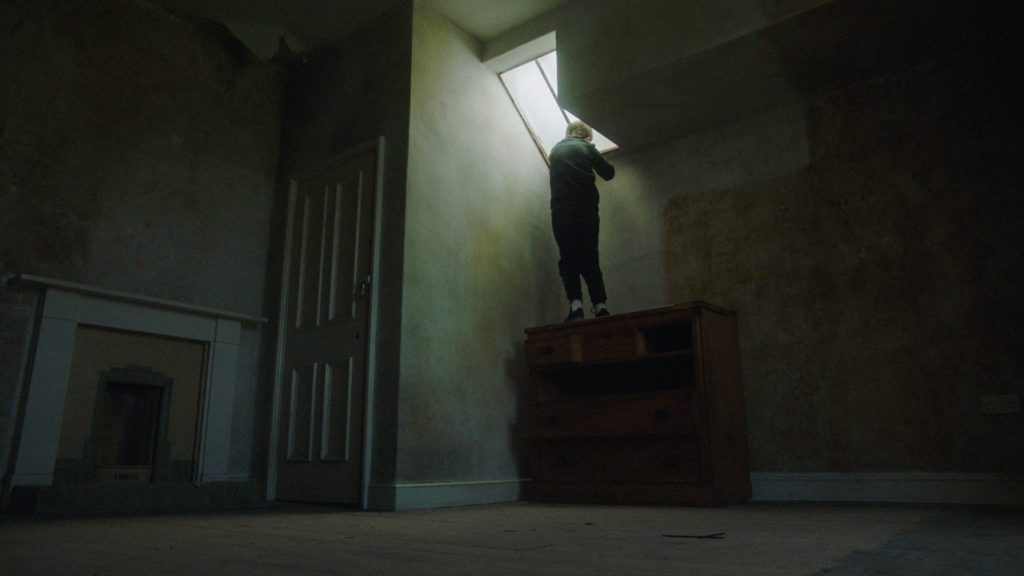
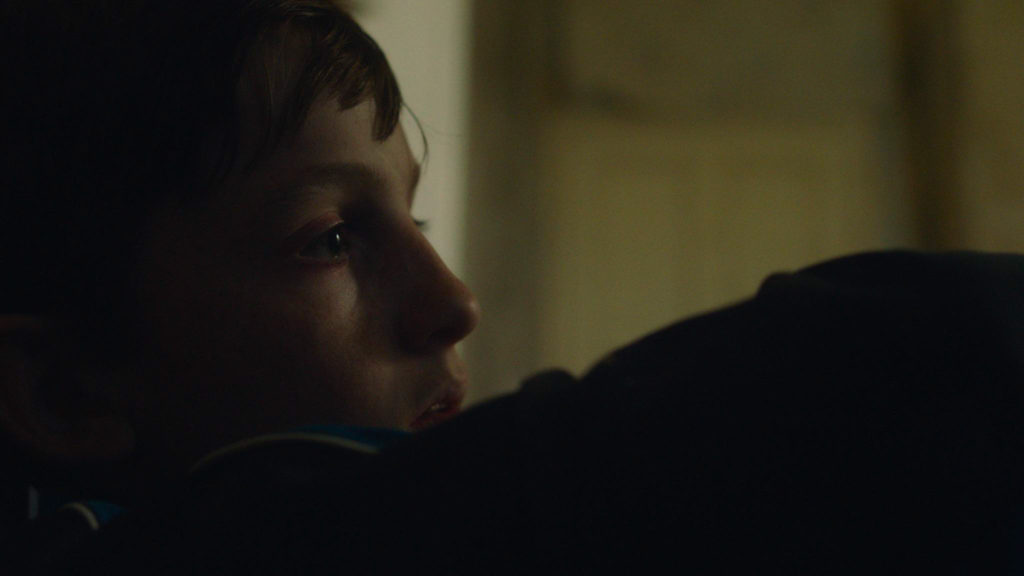
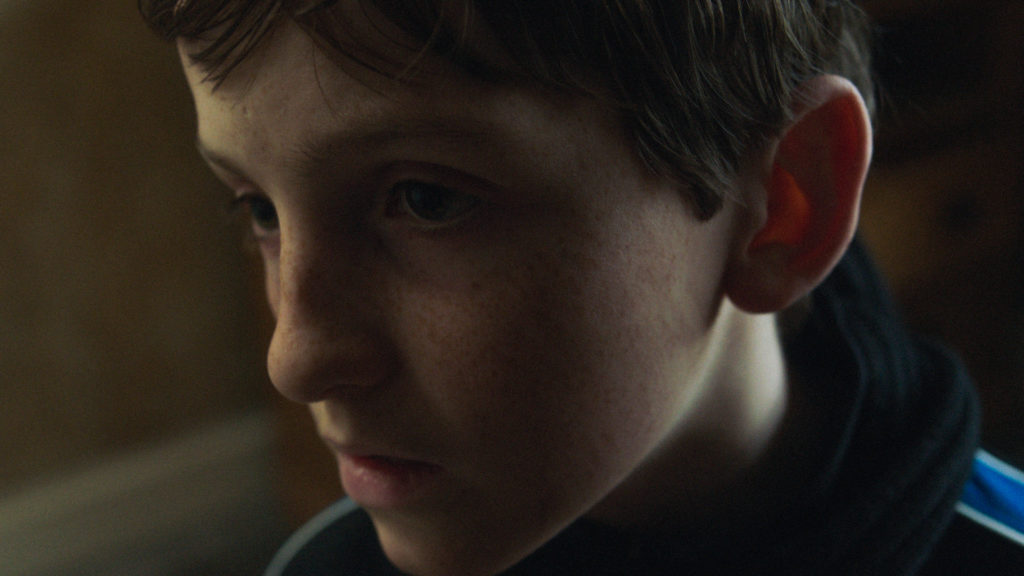
The episode van Rei lensed – season 11’s “Tyger Tyger” – centres around DCI Vera Stanhope (Brenda Blethyn), who suspects an inside job when a security foreman is fatally injured during a container port robbery. This turns out to be a tiger kidnapping and his missing son is held as collateral.
Prior to her interview with Paul Gay and line producer Will Nicholson, van Rei conducted thorough research into the series to better understand the show. “I watched many previous episodes and reached out to past Vera cinematographers like Ed Moore BSC, Stephen Murphy BSC, Cinders Forshaw BSC, and Simon Richards, who kindly and patiently let me pick their marvellous, well-exercised brains. It was something I’ve never done before, but it felt like an important part of the process to fully appreciate, understand, and respect the show’s history.”
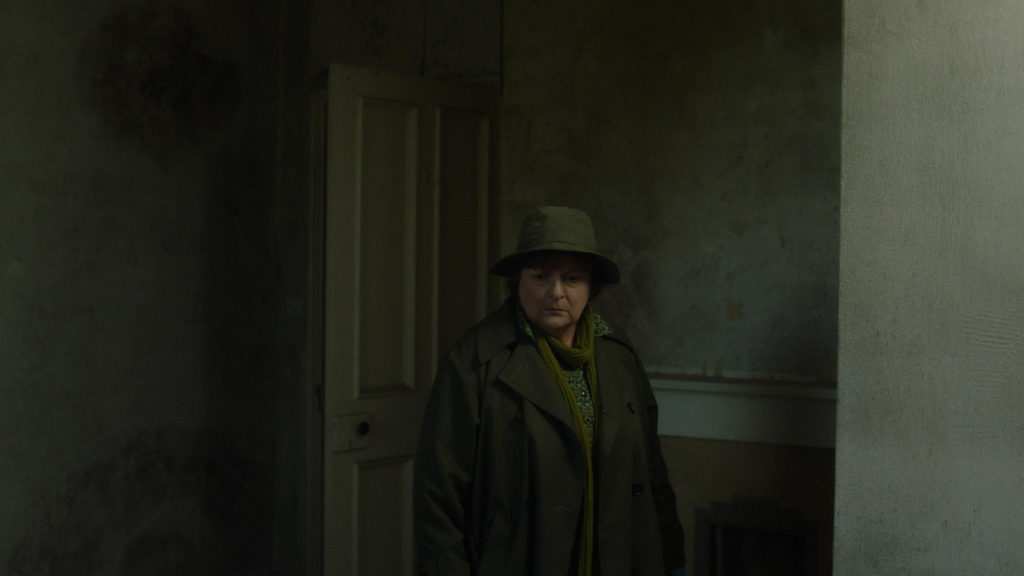
During the build-up to the shoot, van Rei worked hard to ensure she was well prepped for every eventuality. “I reached out to every relevant department to get a better insight into the key workings of the show. Makeup designer Lesley Faulker, and production designer Paul Booth were wonderful allies in this process, as was colourist Dan Coles at Picture Shop who I spoke to before shooting about post-production and the grading process.”
Driven to approach series 11 with a fresh perspective, visual references played a key part in van Rei’s approach. “The most exciting part about cinematography for me is creating a narrative through images which carry a personality, distinct style, and artistic voice. This voice becomes recognisable for you as an artist throughout all your projects.”
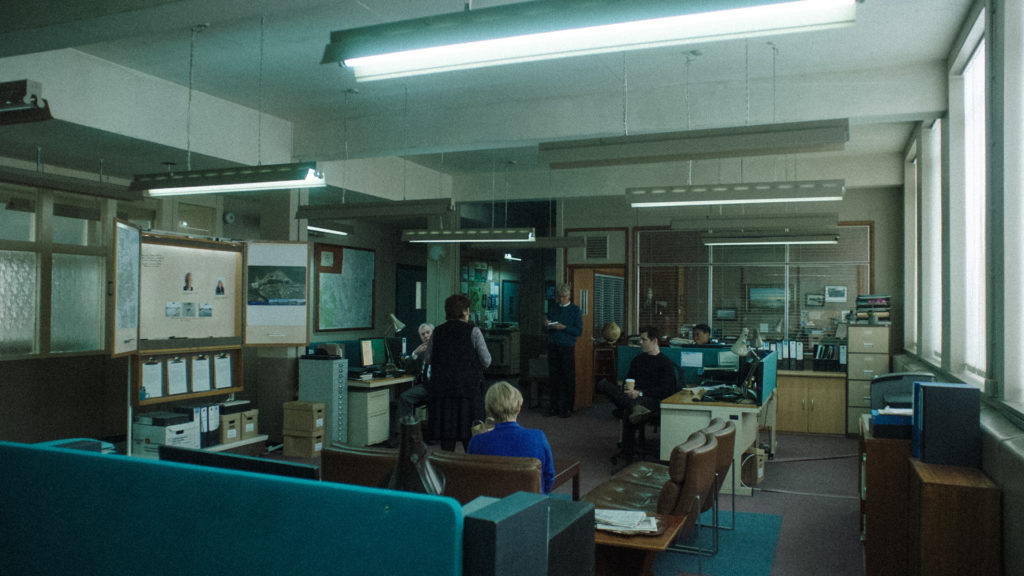
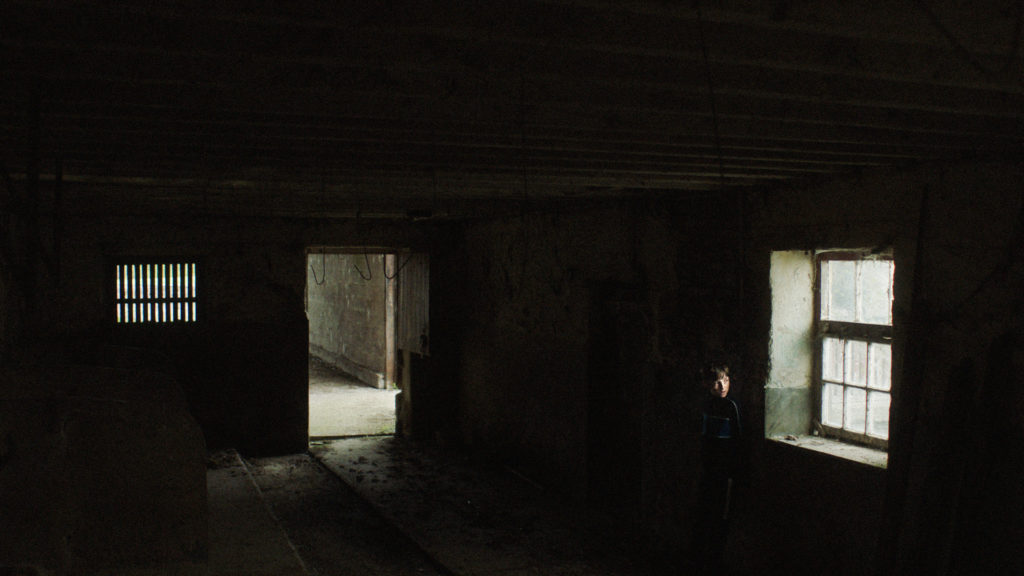
The cinematographer always exchanges extensive photographic references with a director, often her personal stills. Occasionally, she uses moving image as a reference, which, on Vera, was helpful for the stunt sequences. “It was a great communication tool between Paul, stunt coordinator Curtis Rivers, and myself to map out our coverage and approach to the juicy, scripted action sequences.”
Episode three encapsulated Vera‘s normal visual landscape as well as action-based sequences, which allowed the team to visually develop and push the episode further. “After we finished our recces, and I had analysed the script in greater detail, Paul and I talked about our creative ideas and hatched a plan for our episode. We felt strongly about a single-camera shooting approach and would bring in a second camera for our stunt and action sequence days. Paul had created storyboards for these sequences, which we’d discuss and adapt where needed.”
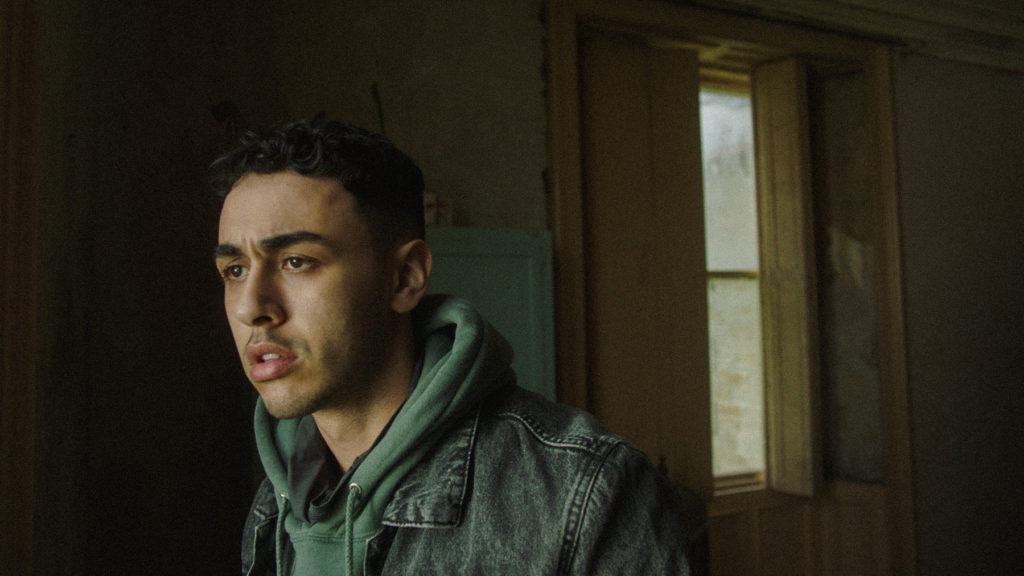
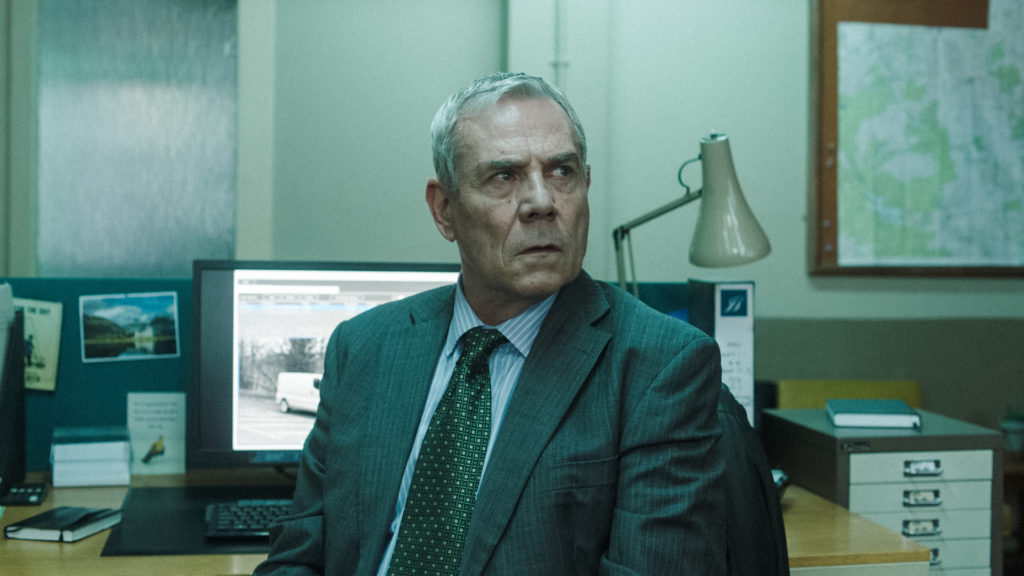
Van Rei was most excited to shoot the action sequences with Joe Mallon (Jake Lawson) and the kidnappers “as they allowed the most freedom and exciting playtime in camera and lighting.” They were originally scripted at night-time and not bound by the show’s established rules. “I felt strongly about introducing handheld, motion blur at 8fps, lens/prism distortion, filters, and wider lensing to spice things up, and make the show more contemporary. It was also my favourite location to shoot in due to the gorgeous, derelict textures and colours of the abandoned farmhouse. I’d love to shoot a feature film in there.”
It was this location in which van Rei’s colour palette and image texture came to live and was carried on in the grade. For the DI, frame grabs from the rushes were graded for each of the locations, as well as some photographic reference stills, which van Rei shared with Coles prior to the grade.
“It was important to me to create a photographic image that was beautifully textured, contemporary, fresh, and had a solid level of colour and saturation,” she says. “We squeezed out all the locations’ textures and pushed the image as far as we were allowed to, into the realm of cinema. I had all the (remote) support in the world from Dan who has been a great and trusted collaborator, and very supportive to my visual references and intentions for the photographic image.”
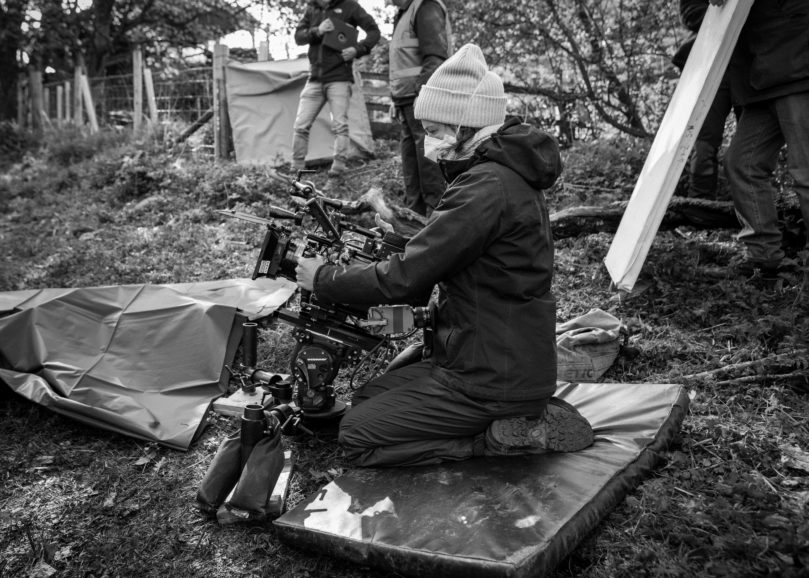
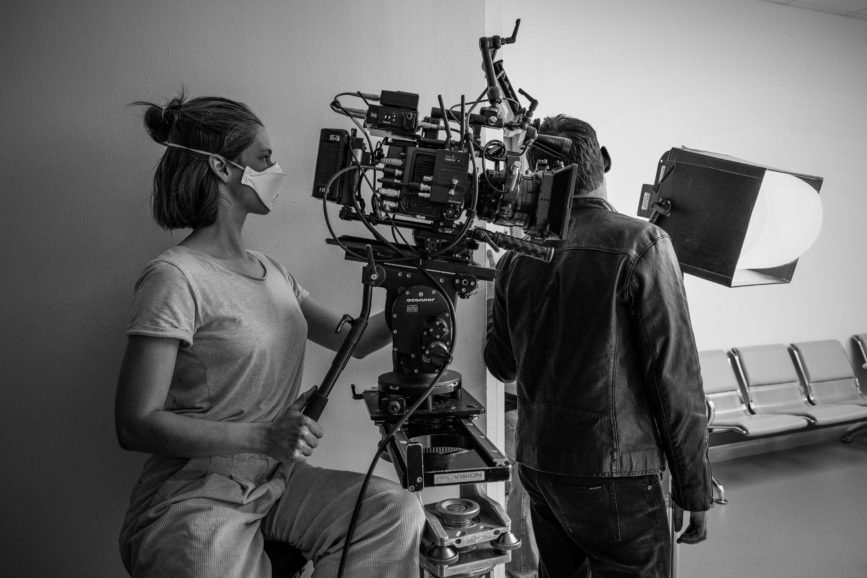
As with previous seasons, the footage was captured with an ARRI Alexa Mini and Cooke S4i lenses, courtesy of Provision in Leeds, while Movietech in London provided van Rei’s Easyrig. The aspect ratio was 16:9, capture system ProRes 4444, and resolution 2K 2048 x 1152.
Van Rei had 10 days of pre-production, with principal photography lasting 28 days and taking place in various and often derelict locations across Northumberland. Sets were built for the police office interiors, and the interior flat of kidnapped teenager Joe Mallon.
Van Rei mainly utilised LED light sources including Astera Titan tubes, ARRI SkyPanels, Kino Flos, and LiteMats inside, complemented with larger daylight sources from ARRI’s M-Series, like the M40 and M18 from the outside.
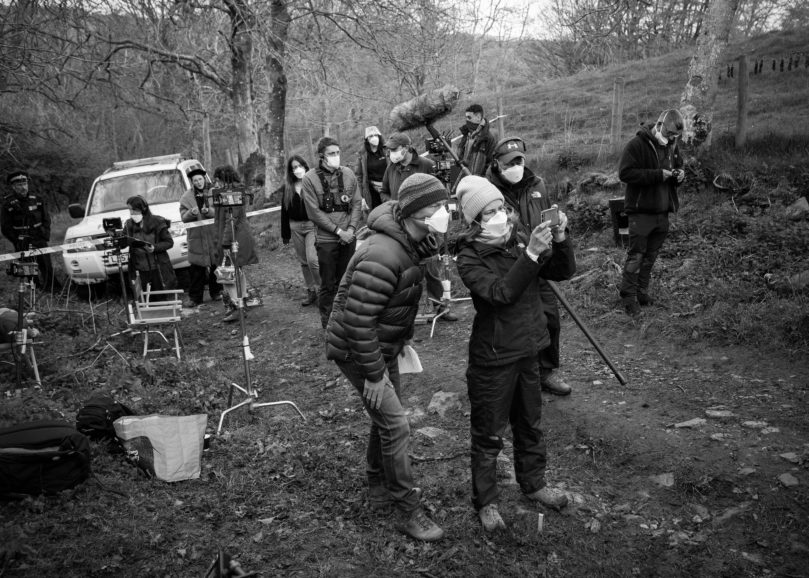
Her “towers of strength” were without doubt gaffer Tony Cook, and B camera operator Richard Bevan ACO. “I’m immensely appreciative and am touched by their kindness and support throughout the shoot,” she says. “On Steadicam days, we had the extraordinary David Morgan ACO shooting long developing shots, which was such a treat to watch, and to learn from.”
Shooting during the height of COVID made the overall process challenging and restricted the cinematic approach and choice. “It meant using longer lenses than I ordinarily would so we would not be as physically close to the actors. There were also significant limitations in framing due to the physical environment being ‘measured’ and ‘dressed’ for a COVID world, yet it had to look on screen like normal. But by far the toughest part was not being allowed to hug people. Physical connection is such an important part of the bonding, communication, and trust building processes we have to establish to form solid relationships.”
